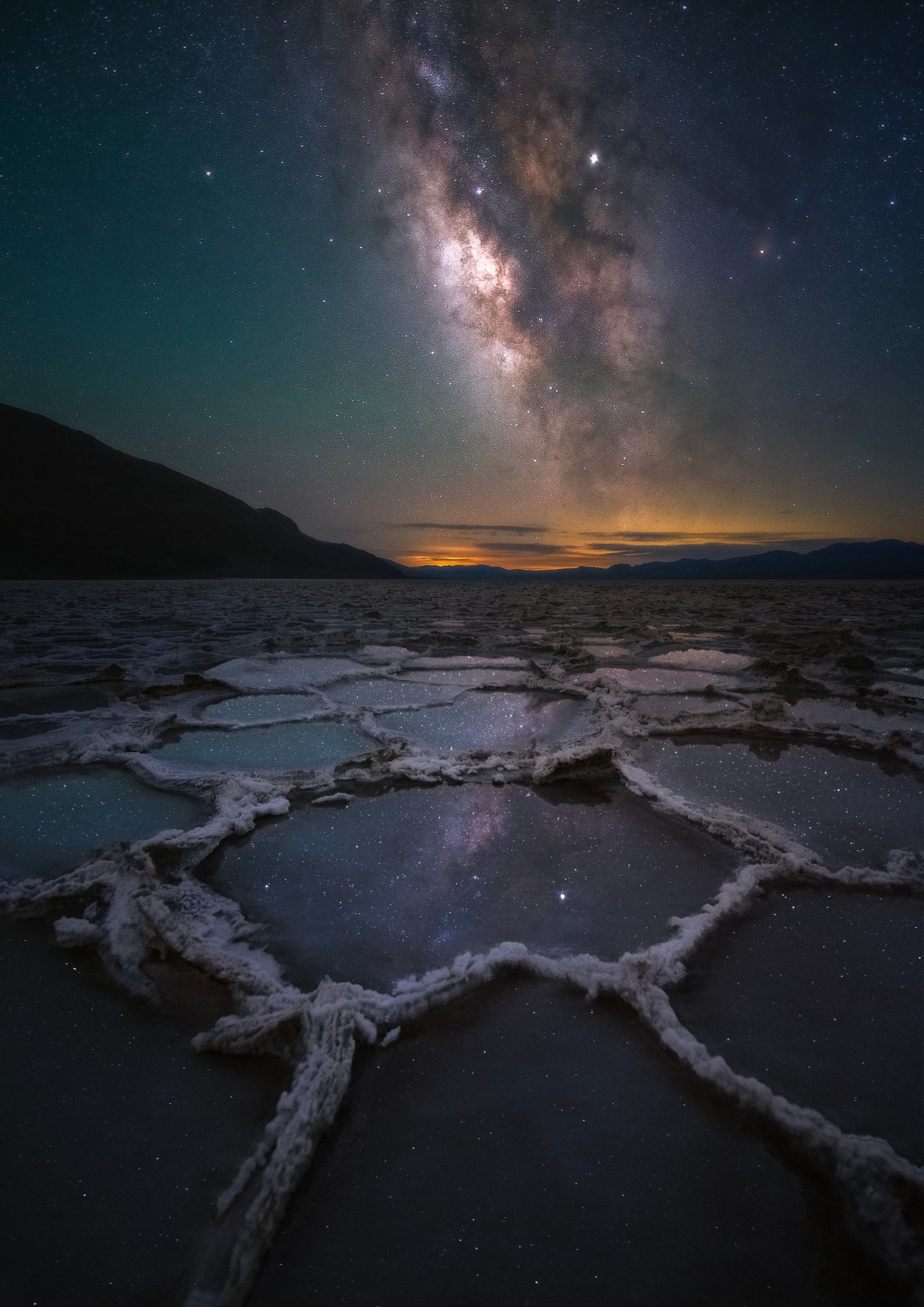Give Yourself the Best Chance for Success when Photographing Bald Eagles
Capturing that split-second moment properly focused with the correct exposure is easier said than done. Photographing birds is the most difficult type of photography I’ve attempted, which may be a reason capturing that perfect moment is so rewarding. There are endless ways to screw up a shot when photographing wildlife, but here are a few tips to help increase your odds of walking away with crisp eagle images.
1. Location, Location, Location
Find where they like to hunt. Locks and dams are a great place to start looking. They have favorite cottonwoods, typically along the side of rivers or streams, where they sit and use those eagle eyes to spot fish.
Once you find the trees they gather and perch on, sit between them and their hunting grounds. Bring snacks and a fold up chair, patience will be rewarded! As soon as you try and approach any bald eagle (or any wildlife for that matter), they will fly off and often not return for the rest of the day. The less you move and the longer you stay will dramatically increase your odds of capturing amazing images.
If there are a lot of eagles around, a lot of the action happens in waves. When one eagle catches a fish, all the others perched on the side of the river take off and the chase is on. These are the perfect opportunities to capture mid air battles or catch the eagles eating on the fly!
2. Camera Settings
I like my control over everything, which means I am always shooting in manual mode. Since birds are typically moving quickly, setting the shutter speed is the first priority so there is no motion blur and everything is crisp and sharp. I typically start with 1/1600” and the lowest f/stop your lens will go. Once your shutter speed and f/stop are locked in, I start with 200-400 ISO and adjust from there to make sure the image is properly exposed.
The most important thing to remember is to make sure your shutter speed is fast enough to freeze all motion and your exposure is correct. Don’t be afraid of shooting at a higher ISO, software like Topaz Labs is excellent at reducing noise.
You’re going to want to have the exposure correctly set before that split second moment actually happens. To help get exposure honed in, put the light meter on the trees in direction you’re shooting and adjust the settings to expose for the tree. When you point up at the sky, your light meter will tell you you’re way over exposed, but the lighting in the shadows of trees will be more similar to the proper exposure for the dark feathers of eagles and a much easier starting spot to hone in the proper exposure.
3. Practice Makes Perfect
Just because there are no bald eagles flying around doesn't mean you shouldn’t be shooting. Use this opportunity to practice focusing, tracking and exposing properly. There are a lot of technical techniques that you need to execute perfectly during moments that often happen in a split second. The more comfortable you are operating your camera, the more images you’ll come home with to edit, so use this time to practice on the other birds flying around the area!
Getting to observe and watch bald eagles is an incredible experience on its own, but being able to capture the magic is one of the most rewarding parts of wildlife photography. Now you know where to go and what camera settings you need, you’re all set to go!







